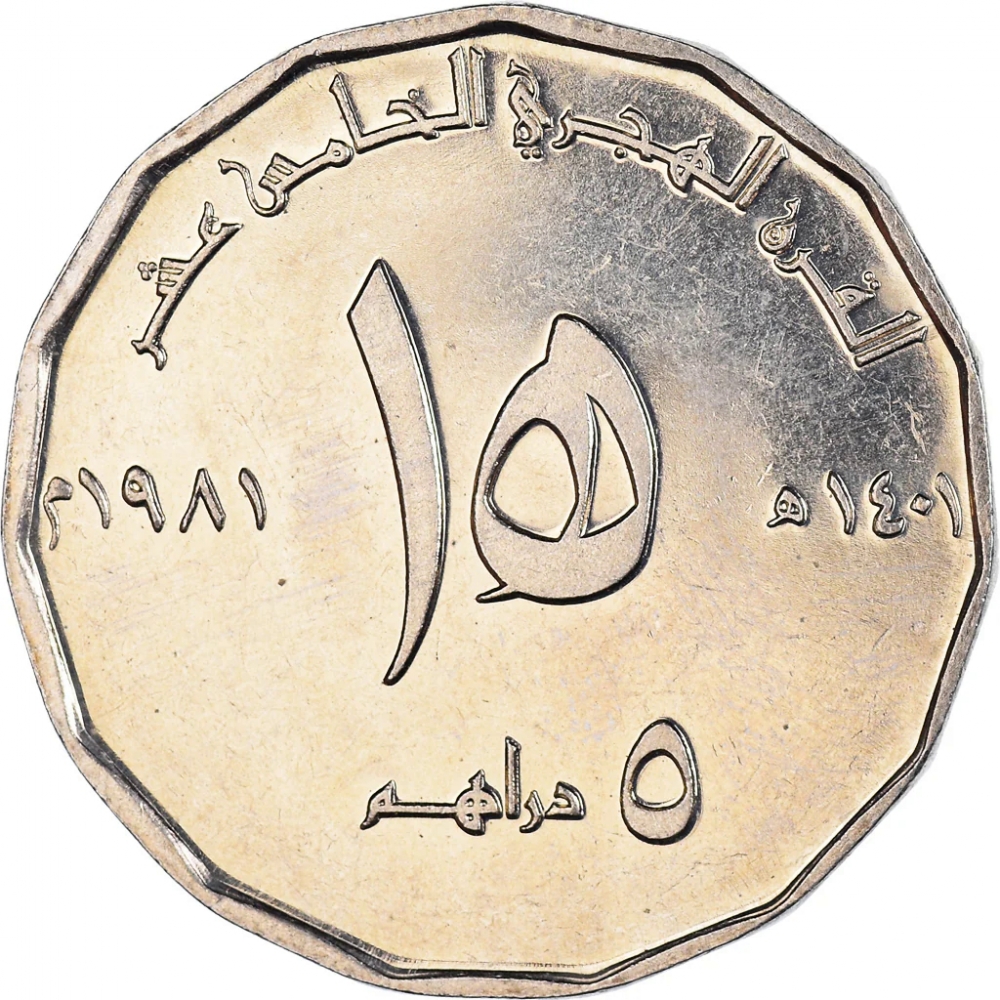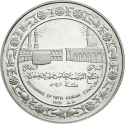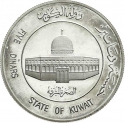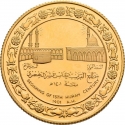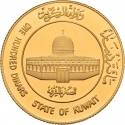You are about to finish your registration. Please check your mailbox (including spam folder). There should be a letter with a confirmation link. Check setting to make sure that your e-mail address is correct.
Send letter againDescription
The Hijri calendar, alternatively known as the Lunar Hijri calendar and referred to as the Islamic, Muslim, or Arabic calendar in English, operates on a lunar system comprising 12 months, totaling either 354 or 355 days per year. Its primary purpose is to ascertain the appropriate dates for Islamic observances and rituals, including the annual fasting period and the timing of the Hajj pilgrimage. In most countries where Islam is the dominant religion, the civil calendar adheres to the Gregorian system, while the religious calendar follows the Hijri tradition, with Syriac month-names utilized in regions such as the Levant and Mesopotamia (including Iraq, Syria, Jordan, Lebanon, and Palestine).
This calendar marks the progression of the Hijri era, commencing with the Islamic New Year in 622 CE, which coincides with the migration of Muhammad and his followers from Mecca to Medina, establishing the first Muslim community (ummah). This significant event, known as the Hijrah, serves as the starting point for the Hijri calendar. In Western contexts, dates within this era are typically designated as AH (Latin: Anno Hegirae, "in the year of the Hijrah"), while in Muslim nations, it may also be indicated as H in its Arabic form (سَنَة هِجْرِيَّة, abbreviated ھ). In English, years preceding the Hijra are denoted as BH ("Before the Hijra").
Sheikh Zayed bin Sultan Al Nahyan (1918–2004) was an Emirati leader, credited with founding the United Arab Emirates. He governed the Eastern Region before becoming Abu Dhabi's ruler in 1966 and later the UAE's first president until his passing in 2004. Revered as the "Father of the Nation," he played a pivotal role in uniting the seven emirates. Zayed succeeded his brother as Abu Dhabi's ruler after a peaceful coup in 1966.
Obverse

|
Depicts an Arabian Falcon sitting on a perch pad, enclosed by the country name in Arabic and English. الامارات العربية المتحدة |
|---|---|
Reverse

|
Depicts a large stylized 15 (5 as the first letter of Hijri in Arabic) dividing the dates in Hijri and Gregorian calendar years, denomination below, and inscription of the event above in Arabic. القرن الهجري الخامس عشر |
| Edge |
Characteristics
| Type | Commemorative Issue (Circulating) |
| Material | Cupronickel |
| Weight | 14.25 g |
| Diameter | 32 mm |
| Thickness | - |
| Shape |
|
| Sides | 15 |
| Alignment | Medal |
| Alt # |
|
| Mint |
Royal Mint
|
Related coins
Beginning of the 15th Hijrah Century
Beginning of the 15th Hijrah Century

